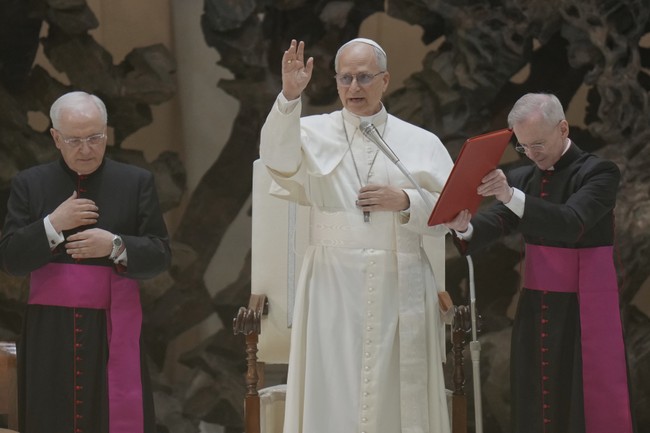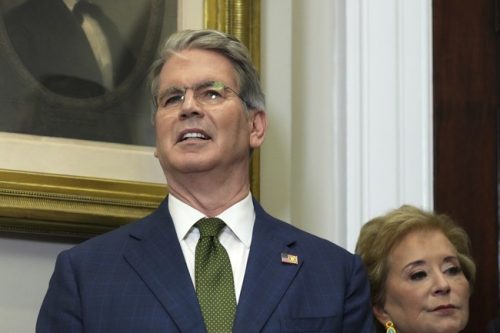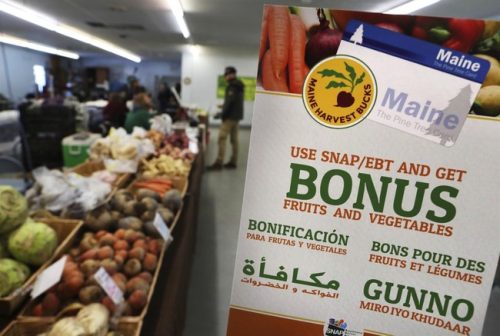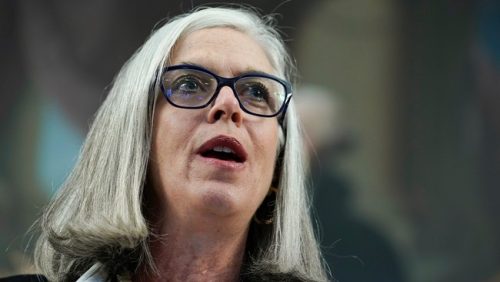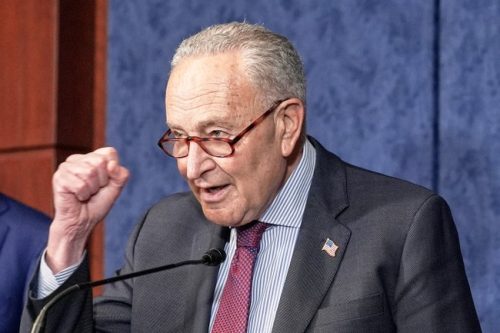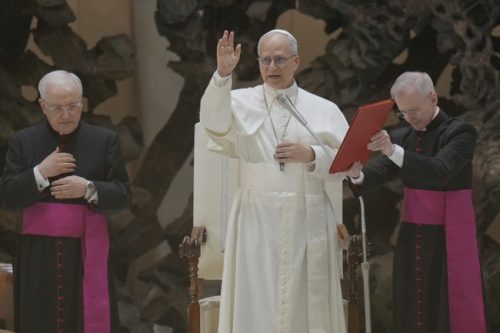The Vatican has quietly granted a two-year extension for celebrations of the Traditional Latin Mass in two Cleveland-area churches, a development that revives a debate over liturgical freedom, papal policy, and how the modern church balances tradition and reform.
During his pontificate, Pope Francis sharply criticized traditionalist Catholics and those who celebrate the Latin Mass, even accusing some priests of having a “mental imbalance, emotional deviation, behavioral difficulties.” He called traditionalists “rigid” and said “rigidity is a daily heresy” before saying the Catholic Church “still need[s] to fully implement Vatican II.” Those comments shaped a climate in which the older liturgy was constrained across many dioceses.
The response from many faithful was not simply nostalgia. For a number of Catholics, the Latin Mass offered stability, clear teaching, and a sense of reverence that felt increasingly rare. In an age of frenetic change and spiritual drift, liturgy that requires discipline can attract people seeking a deeper, sacramental life rather than a feel-good congregation centered on personal comfort.
I coined the phrase “morally therapeutic deism” to describe religious spaces that prioritize self-esteem over conversion, and that critique applies to some contemporary parishes. Authentic practice demands discipline, sacrifice, and an effort to grow in holiness; the Latin Mass often fosters precisely those habits in congregations that stick with it. That has practical consequences: attendees of the Traditional Latin Mass tend to be younger, more regular in attendance, and more likely to align with Church teaching on marriage and life issues.
In 2021 Pope Francis issued Traditionis Custodes, a motu proprio that handed bishops broad authority to restrict or suppress celebrations of the older rite within their dioceses. Many diocesan leaders acted swiftly, limiting or ending Latin Masses in their jurisdictions, and entire communities found their worship suddenly curtailed. The result was a sharp drop in publicly available celebrations of the vetus ordo across several large dioceses.
It later emerged that the consultation of bishops said to have prompted Traditionis Custodes did not, in fact, uniformly support legislative change. That reporting suggested the official account used to justify the motu proprio was at odds with the internal assessment. The discrepancy raised serious questions about the transparency and accuracy of the consultation process that preceded such sweeping action.
This journalist has obtained the Vatican’s overall assessment of the consultation of bishops that was said to have “prompted” Pope Francis to revoke Summorum Pontificum, Benedict XVI’s 2007 apostolic letter liberalizing the vetus ordo, more commonly known as the ‘Traditional Latin Mass’ and sacraments.
The previously undisclosed text, which forms a crucial part of the official report by the Congregation for the Doctrine of the Faith on its 2020 consultation of bishops concerning Summorum Pontificum, reveals that ‘the majority of bishops who responded to the questionnaire stated that making legislative changes to Summorum Pontificum would cause more harm than good.’
The overall assessment directly contradicts, therefore, the stated rationale for imposing Traditionis Custodes and raises serious questions about its credibility.
When, on July 16, 2021, Pope Francis promulgated Traditionis Custodes, he said the responses to the questionnaire ‘reveal a situation that preoccupies and saddens me and persuades me of the need to intervene.’
That reporting made it crystal clear that Pope Leo XIV had an obligation to undo the damage caused by Traditionis Custodes. It appears Pope Leo XIV is heading in that direction:
The Diocese of Cleveland has confirmed that the Vatican has granted permission for the celebration of the Traditional Latin Mass at two diocesan churches for a further two years.
The extension applies to St Mary’s Church on South Main Street in Akron and St Stephen’s in Cleveland, both of which had previously been granted limited approval to continue celebrating the liturgy according to the 1962 Roman Missal.
The Diocese of Cleveland has confirmed that the Vatican has granted permission for the celebration of the Traditional Latin Mass at two diocesan churches for a further two years.
Here's hoping that abomination Traditionis Custodes will be abrogated by Pope Leo XIV in the next… pic.twitter.com/6qahsIKIQG
— Deacon Nick Donnelly (@ProtecttheFaith) October 21, 2025
In an email to the Catholic Herald, Nancy Fishburne, Head of Communications for the diocese, said: “Yes, the Holy See granted a two-year extension of permission for the two remaining diocesan celebrations of the Latin Mass within the Diocese of Cleveland.”
The Catechism of the Catholic Church says that “Many sins wrong our neighbor. One must do what is possible in order to repair the harm…Simple justice requires as much.” That moral language points to repair and accountability, not silence, when policies have wounded communities and restricted religious practice. Restoring legitimate worship is part of that repair, and recognition of harm must accompany any true reconciliation.
For congregations who have kept the old rite alive, this extension is more than a technicality; it is a breathing space and a sign that decisions made in haste can be revisited. Whether this leads to wider restoration or remains a limited accommodation depends on further dialogue between Rome, local bishops, and the faithful. The coming months will test whether a balance can be struck between pastoral unity and respect for a form of worship that continues to draw committed Catholics.

